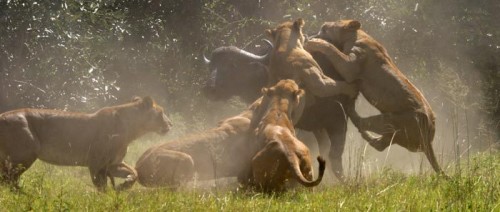Greenwashing refers to efforts to present products or practices as environmentally friendly while making only minimal efforts to really reduce negative environmental impacts.
I saw a great example of this last weekend at a shopping center here in Vegas. As I was walking by a pond and water fountain, I noticed this sign:
It has several elements of classic greenwashing. The organization “cares about the environment and the community” — a vague, general claim that commits them to nothing specific. And their supposedly eco-friendly behavior is dubious and hard to evaluate. With Lake Mead (Vegas’s main drinking water source) depleted from a decade of drought, certainly any efforts to reduce demands on it are welcome.
But that seems like a rather superficial definition of what it means to care about the environment. The imported water comes from somewhere — an aquifer? another water shed? thousands of bottles of Perrier? — and it seems it would require energy to get it from there to here. The focus on not using a local water source sidesteps the larger question of whether it is environmentally responsible to build ponds and fountains (and grass-based lawns, for that matter) in the desert, regardless of where the water originates.
Gwen Sharp is an associate professor of sociology at Nevada State College. You can follow her on Twitter at @gwensharpnv.








